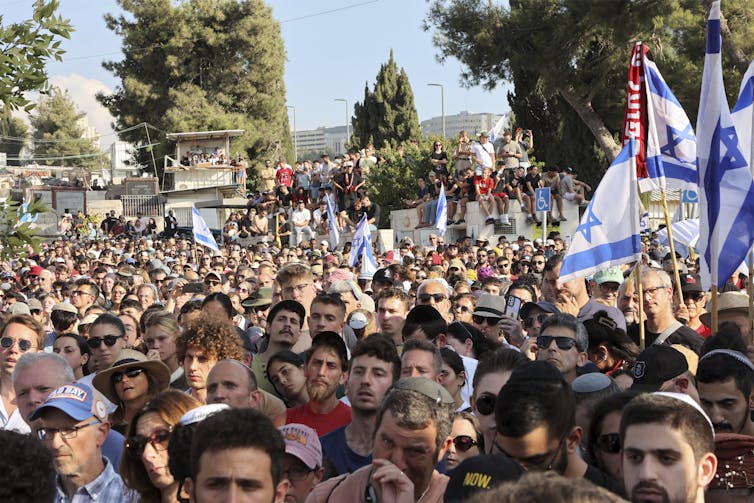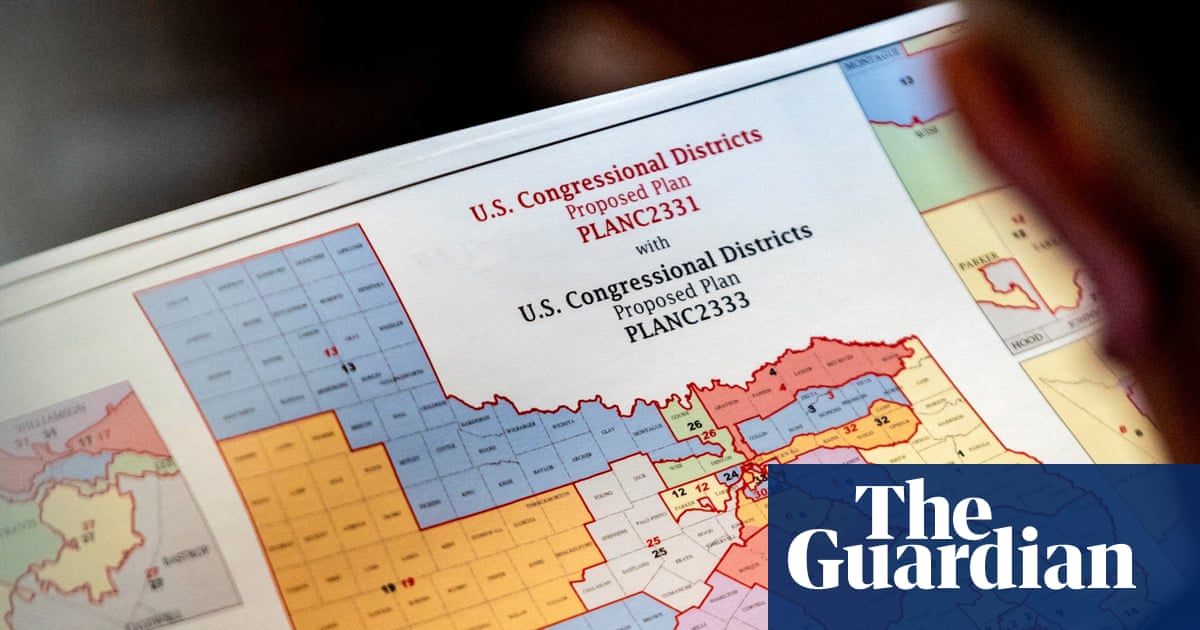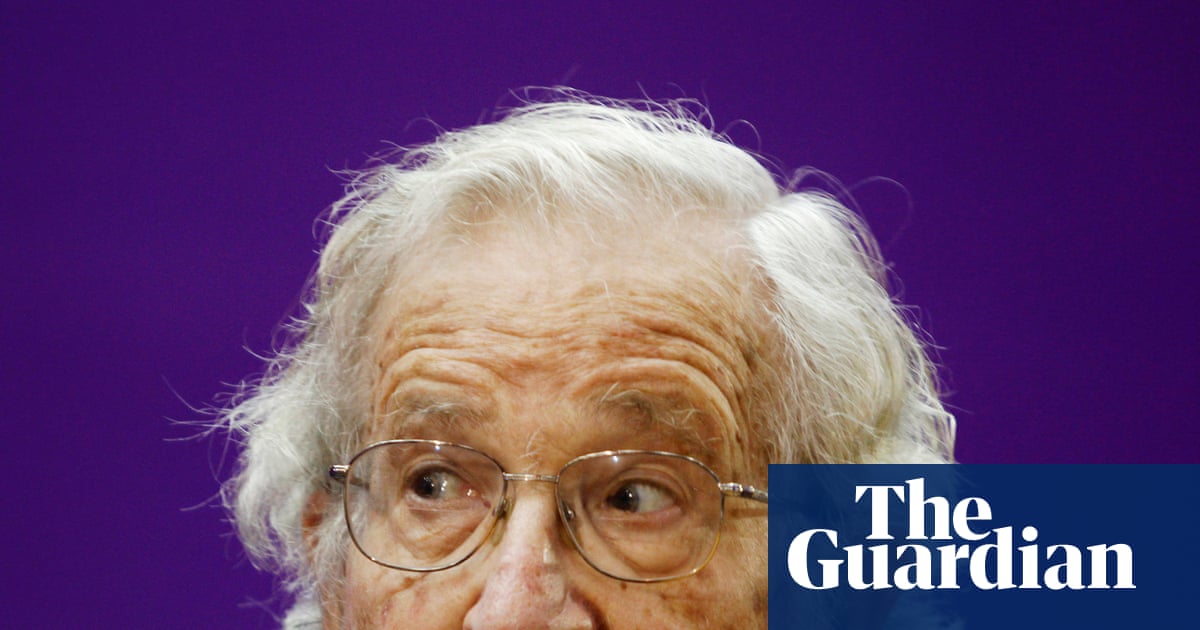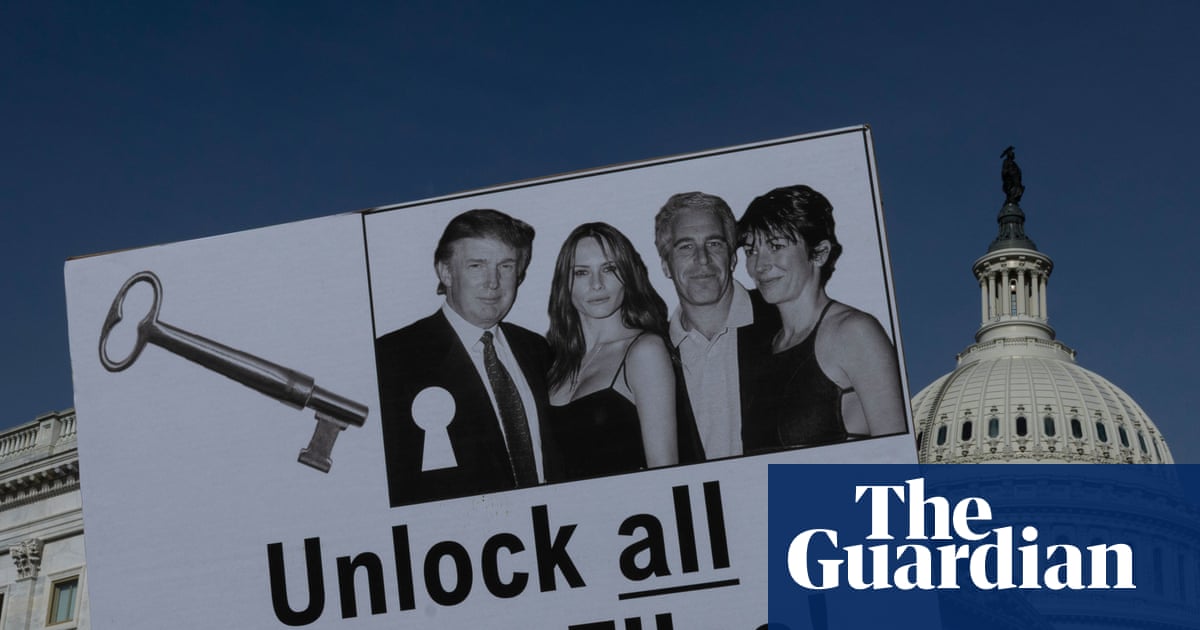After two years of devastating war between Israel and the Palestinian Hamas forces in the Gaza Strip, President Donald Trump declared an end to the war on Oct. 14, 2025. The peace plan includes a Hamas commitment to return all hostages and a withdrawal of Israeli forces.
In late October, both sides said they remained committed to peace, despite Israeli retaliation for the death of an Israeli soldier that killed 104 people, and despite the fact that the remains of 11 deceased hostages remain in Gaza.
Those setbacks aside, the new peace push is the most serious attempt so far to end the escalation of conflict that followed the Oct. 7, 2023, attack by Palestinian militants on Israelis.
But what are the circumstances and actions that helped Trump advance such an agreement, the likes of which eluded former President Joe Biden? And what enabled Trump, working with a few close advisers and with mediators like Qatar and Egypt, to overcome the reluctance of Israel and Hamas?
The answer may have much to do with how Trump countered a phenomenon that political scientists call “spoiling.”
“Spoiling” in peace negotiations is defined by political scientist Stephen Stedman as actions employed by “leaders and parties who believe that peace emerging from negotiations threatens their power, worldview, and interests, and use violence to undermine attempts to achieve it.”
In regard to the Middle East, critics have long accused Israeli Prime Minister Benjamin Netanyahu of playing this spoiler card throughout the war.
Netanyahu was seen by many observers to be not interested in reaching a peace agreement because of risks to the political survival of his governing coalition. And it’s evident in attempts to postpone the investigation of the colossal failure of Israel to defend its citizens on Oct. 7, 2023.
For two years, Netanyahu engaged in this kind of spoiling by, for example, staging high-level assassinations of Hamas leaders at a timing detrimental for any negotiation’s success.
Yet, Netanyahu also employed a more sophisticated method of spoiling, one that political science scholar Ehud Eiran and I are exploring in our research.
We argue that leaders can spoil negotiations not just by resorting to violent means, or by posing hard-line positions within the negotiation room. Additionally, spoilers can work in broad daylight and make the diplomacy less likely to succeed through a careful use of rhetoric and media. This decreases their own constituencies’ and the enemy’s likelihood of accepting This decreases the likelihood of their own constituencies or the enemy accepting a compromise. It’s what we call “public spoiling.”
Spoiling in broad daylight
Netanyahu used these public spoiling tactics again and again during ceasefire negotiations.
In early May 2024, for example, when ceasefire negotiations were getting into high gear and indications mounted that Hamas may accept the deal on the table, a statement from Netanyahu attributed to “a senior diplomatic source” – known in the Israeli media to mean the prime minister himself – stated that “the IDF will enter Rafah and destroy the Hamas battalions remaining there, whether there is a temporary truce for releasing the hostages or not,” referring to the Israel Defense Forces.

Such declarations signaled to Hamas that Israel did not intend to keep its side of a deal. And it led the Palestinian militant organization to harden its position and further insist on a formal end of the war before all hostages were released.
In September 2024, Netanyahu used the Israeli military in another spoiler tactic after pressure mounted on him to yield to protesters’ calls for a ceasefire
After Hamas operatives murdered six Israeli hostages as soldiers approached their hiding place, the Israeli public erupted in protests against its government, blaming it for sending soldiers instead of negotiating. High-level officers in the prime minister’s office then stole a document from Israeli intelligence, allegedly written by Hamas leader Yahya Sinwar, forged some of it, and leaked it to the German newspaper Bild.
Netanyahu then cited the document in a speech, claiming Sinwar designed his policy to use public pressure on Netanyahu. In short, he used this false publication, leaked allegedly by his own people, to suggest that the protesters were doing Hamas’ bidding. The protests subsequently decreased dramatically, and the pressure on Netanyahu to compromise subsided.
This pattern continued into the Trump administration.
‘No daylight’
U.S. decision-makers, from the president to negotiators in the Biden and Trump administrations, were no doubt aware of these practices. So why did they allow them to continue?
The answer is complicated. What has become clear, I believe, is that at the heart of the problem stands a single phrase: “no daylight.” It’s an oft-cited position of U.S. politicians to mean that, publicly at least, Israel and the United States act as if they are in complete agreement or alignment, with no policy differences between them.
Though a longtime ally of Israel, the U.S. used to be more forceful with Israel when the latter was deemed by Washington to have crossed the line or threatened important American interests in the region. That was evident when the U.S. imposed a ceasefire in the 1973 Arab-Israeli War despite Israeli opposition. It was also clear when the U.S. prevented an Israeli response to missiles that Iraq launched at it during the Gulf War in 1991.
But in the past few decades, a perception has taken hold in U.S. foreign policy circles that pressure on Israel’s government should only be done in private and that it should never include strong public rebuke.

Thus, even when, in June 2024, the Biden administration knew full well that Netanyahu was thwarting efforts to reach a ceasefire, former Secretary of State Antony Blinken came out with a statement blaming Hamas. And when Netanyahu breached a ceasefire in March 2025 and ordered the military to return to fighting, the Trump administration blamed Hamas.
Netanyahu, with his knowledge of U.S. politics, was well aware that Washington would be unlikely to publicly blame Israel. And he took full advantage of this fact to promote his spoiling of the ceasefire negotiations in broad daylight.
No choice but to sign
So what changed in October 2025 that allowed Trump to overcome Netanyahu’s actions as a spoiler and secure a ceasefire?
In short, Trump simply decided to play the same game. He publicly announced that the deal existed and left Netanyahu no choice but to sign it to preserve the perception that there is “no daylight” between Israel and the U.S. As a former Netanyahu aide suggested, “Trump is unpredictable and will not fall in line with the Israeli position.”
Trump’s announcement of the deal, before many of the details were agreed upon, enabled the ceasefire agreement, Israel’s partial withdrawal from Gaza and Hamas’ release of the Israeli hostages.
The road to an actual end of the war, not to mention Trump’s lofty declarations of a historic peace, is still in the far distance. But the ceasefire, if it holds, is a critical step, in my view, to end this terrible chapter of the Israeli-Palestinian conflict.

 German (DE)
German (DE)  English (US)
English (US)  Spanish (ES)
Spanish (ES)  French (FR)
French (FR)  Hindi (IN)
Hindi (IN)  Italian (IT)
Italian (IT)  Russian (RU)
Russian (RU)  3 weeks ago
3 weeks ago
























Comments